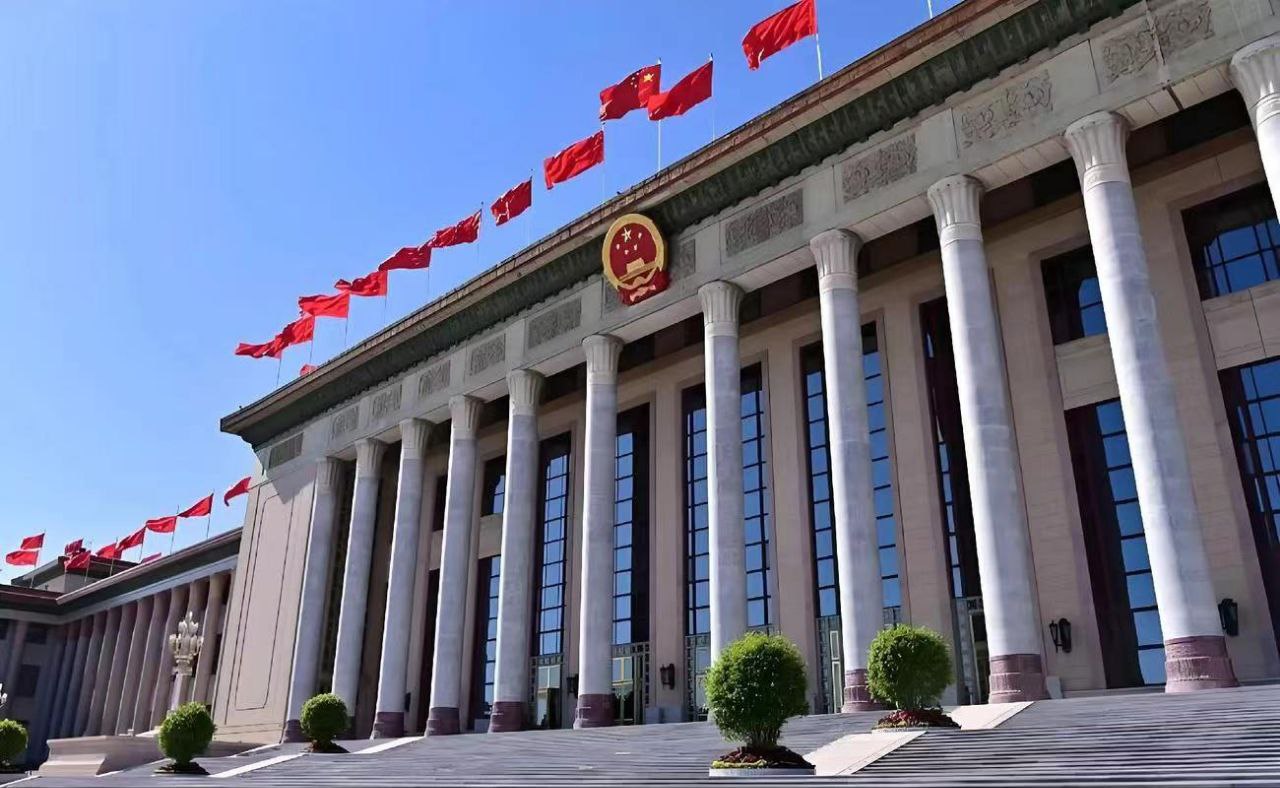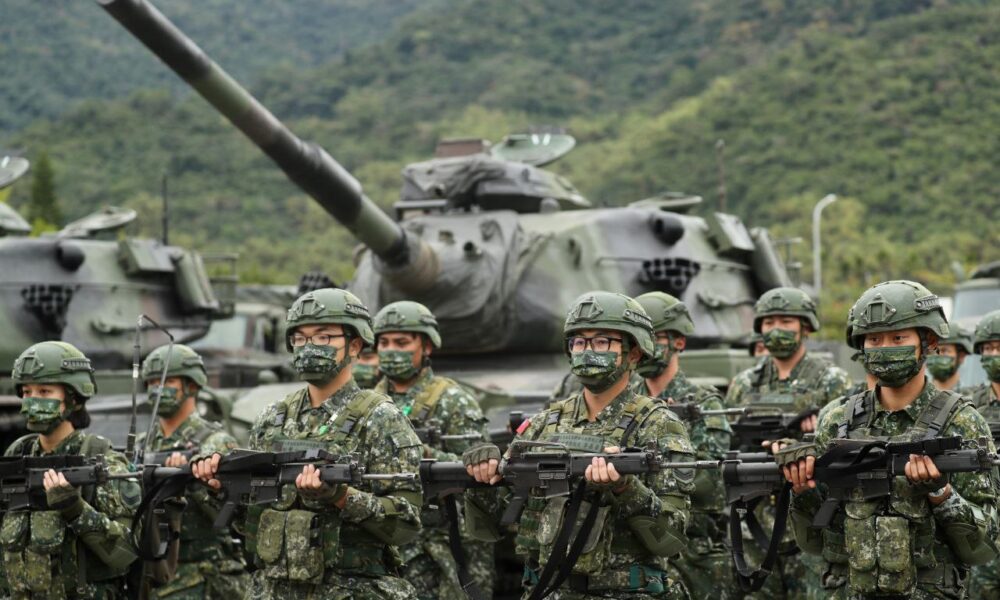Mapping China’s Next Phase: Key Takeaways from the Fourth Plenary Session Muhammad Zamir Assadi

The Fourth Plenary Session of the 20th Central Committee of the Communist Party of China (CPC) wrapped up in Beijing this week, charting a new course for the country’s long-term economic and social development. Over four days of discussions, the meeting assessed the implementation of the 14th Five-Year Plan (2021–2025) and set the stage for the 15th Five-Year Plan (2026–2030).
As the session concluded, the message was clear: China is moving toward a stage of “high-quality development” — one that values innovation, sustainability, and global integration over sheer growth speed. The meeting reinforced China’s long-standing tradition of strategic planning while adapting to new domestic and global realities.
The plenary highlighted the substantial achievements made during the current five-year plan. Despite global headwinds — from supply chain disruptions to geopolitical uncertainty — China maintained steady economic momentum. Growth exceeded expectations in several quarters, supported by solid manufacturing performance, infrastructure investment, and resilient domestic demand.
Industrial upgrading has been a defining success. The share of high-tech manufacturing continues to rise, with rapid expansion in sectors such as semiconductors, renewable energy, and electric vehicles. This transition marks a deliberate move away from low-cost, labor-intensive industries toward innovation-driven productivity — what policymakers now describe as “new quality productive forces.”
Social advancement was another key focus. Improvements in healthcare, education, and digital governance have strengthened the social safety net and expanded access to essential services. Rising per capita incomes, targeted poverty reduction, and rural revitalization efforts underscore China’s commitment to narrowing regional disparities and promoting inclusive growth.
Environmental protection — a central pillar of the 14th Plan — also made headway. Through extensive investment in green energy, carbon reduction, and sustainable finance, China remains on track to achieve its dual carbon targets: peaking emissions before 2030 and reaching carbon neutrality by 2060. The session reaffirmed these goals, integrating environmental responsibility into the heart of China’s economic transformation.
At the center of the Fourth Plenary Session was the conceptual framework for the upcoming 15th Five-Year Plan, which will steer policy between 2026 and 2030. Discussions emphasized innovation, digitalization, and modernization — all under the strategic vision of fostering “new quality productive forces.”
This approach represents a shift toward technology-led growth powered by artificial intelligence, green technologies, biotechnology, and advanced manufacturing. Strengthening collaboration between research institutions and industries is expected to accelerate innovation and bolster global competitiveness.
Expanding domestic demand will remain a key driver. With a consumer base exceeding 1.4 billion, China is seeking to leverage its “market advantage” by encouraging higher-value consumption. The rise of electric mobility, smart appliances, and digital services illustrates the growing sophistication of domestic demand, which now serves as an anchor of economic stability.
The leadership’s emphasis on “upgrading consumption” and “expanding imports” also reflects China’s dual ambition to be both a major producer and a global consumer hub. Increased imports of high-tech equipment, agricultural goods, and services are designed to reinforce this two-way dynamic — linking domestic prosperity with global growth.
Financial reforms will complement these shifts. The session called for deeper capital market development, greater openness in financial services, and stronger regulatory oversight to mitigate systemic risks. Together, these priorities signal that the next plan will focus as much on resilience and governance as on economic expansion.
A defining theme of the plenary was the reaffirmation of “high-standard opening up,” reflecting China’s intent to strengthen international cooperation and promote shared development through initiatives such as the Belt and Road Initiative (BRI).
Now more than a decade old, the BRI has evolved beyond infrastructure building into a broader platform for connectivity, green growth, and digital collaboration. The plenary communiqué underscored its contribution to sustainable development and global economic integration, with more than 150 countries now participating through transport links, clean energy projects, and trade networks.
The outcomes of this session carry global resonance. For developing nations across Asia, Africa, and Latin America, China’s renewed focus on inclusive growth and infrastructure cooperation offers avenues for partnership and mutual advancement.
Equally, the emphasis on multilateralism comes at a time of global fragmentation. Through engagement in international institutions, trade frameworks, and climate initiatives, Beijing continues to advocate dialogue-based solutions and shared prosperity. Its commitment to “win-win cooperation,” while rooted in diplomatic language, reflects a practical understanding that open markets and stable supply chains benefit all parties.
Domestically, the session reaffirmed China’s commitment to national sovereignty, political stability, and institutional modernization. By prioritizing unity, governance reform, and long-term planning, the leadership aims to ensure consistency across successive policy cycles — a hallmark of China’s developmental model.
The vision outlined in Beijing this week embodies a balance of inward resilience and outward engagement — a dual strategy that will shape not only China’s next five years but also the global economic landscape well into the next decade.



























